Mining
The mining wealth of this area in Siero was known since ancient times and had begun to be exploited in different zones in a more or less industrial and capitalist way from the middle of the 19th century. At this point, the opening of the Langreo Railway gave a huge advantage to these coal reserves by enabling its production to be sent to the Gijón seaport.
However, not all mines were equally profitable and, in fact, the Saús mines were soon put into the background. Then, the family company Hermanos Felgueroso, created in 1893 to take charge of these mines, would start its journey to incorporate soon other mines in Laviana and Samuño (Langreo).
By the beginning of the 20th century, the Saús mines employed 260 workers, occupied a surface of 185 hectares and produced 34,000 tonnes of coal by means of several mountain floors, extracting its production thanks to the Langreo Railway at Boca Sur via a narrow-gauge branch line. From 1914 onwards, the production was concentrated below the valley level through three inclined mine shafts which used steam power for the extraction of the wagons. For this purpose, a thermal power station, a boiler room and even a toilet building were built. In Saús, where you can get by means of a pleasant path that leverages the old mining railway branch, several of these elements still survive, including the house where the owners lived and the school, where the amazing chimney stands out.
In 1919, these mines, like the rest of the Hermanos Felgueroso mining assets located to the south of the Nora river, were acquired by Sociedad Metalúrgica Duro Felguera, which closed them in the early 1930s as part of its decisive programme to replace mountain mining with large vertical shafts. In this case, with the Mosquitera Mine.

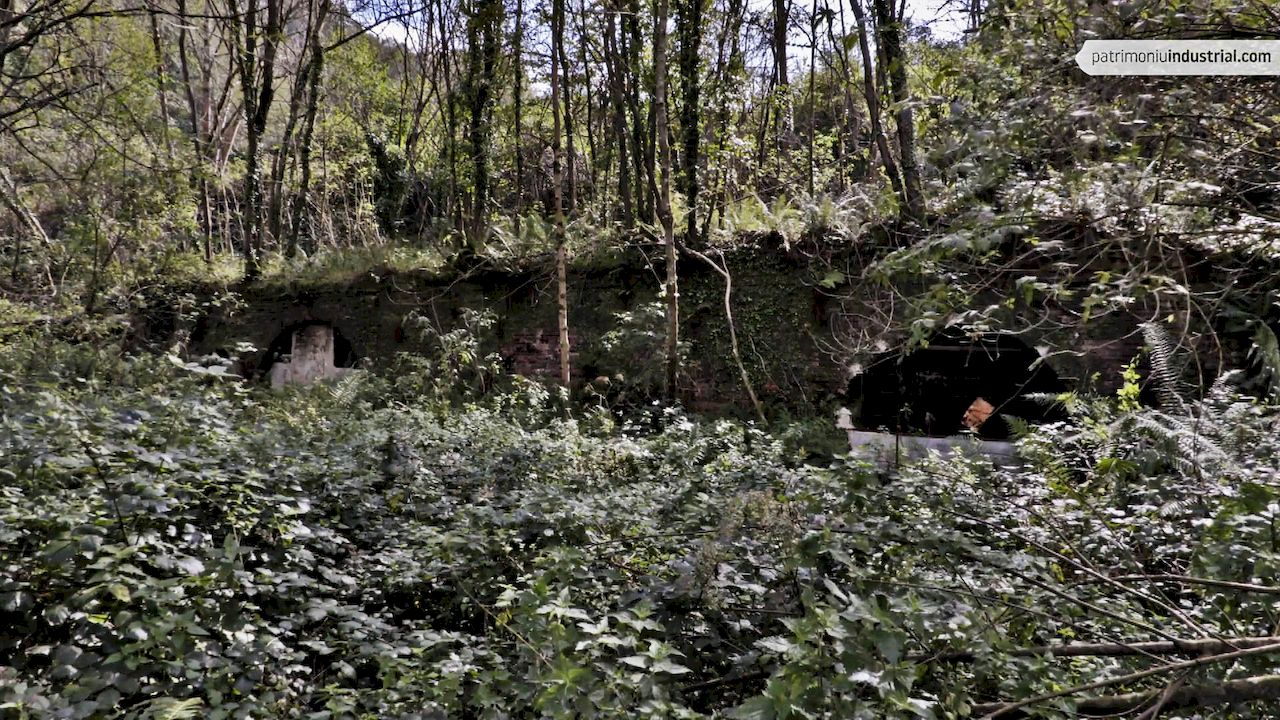
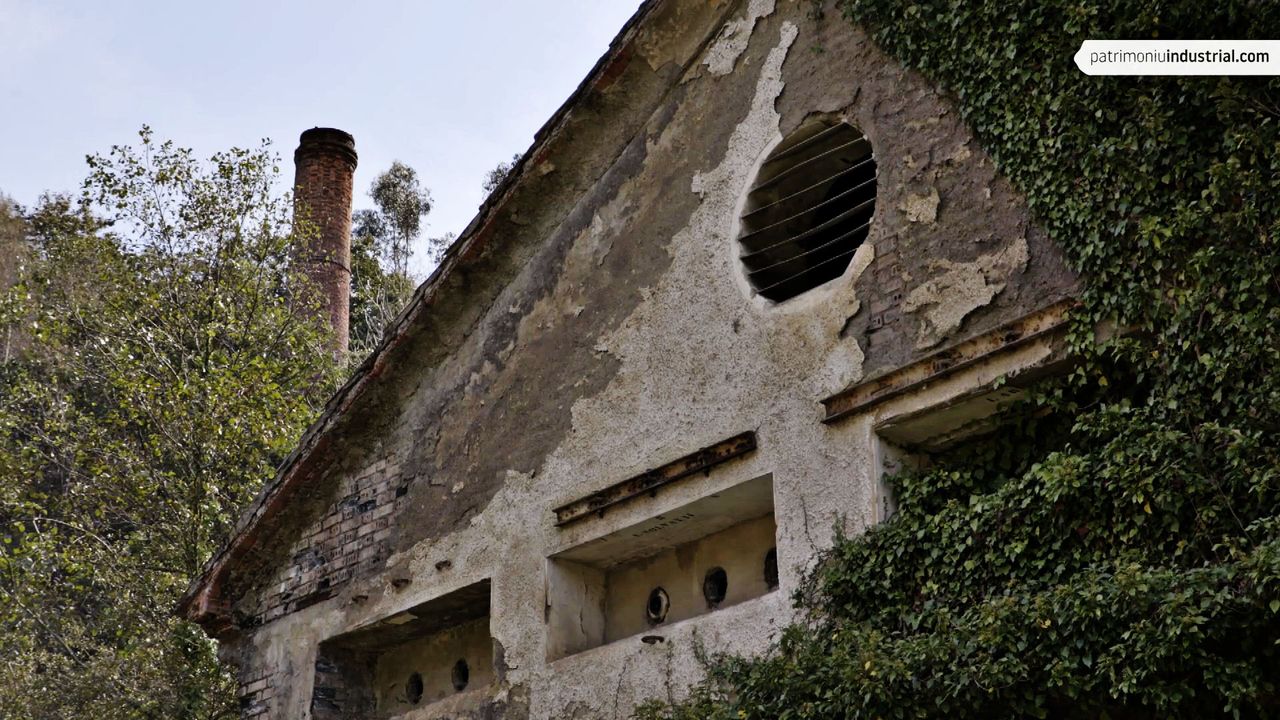
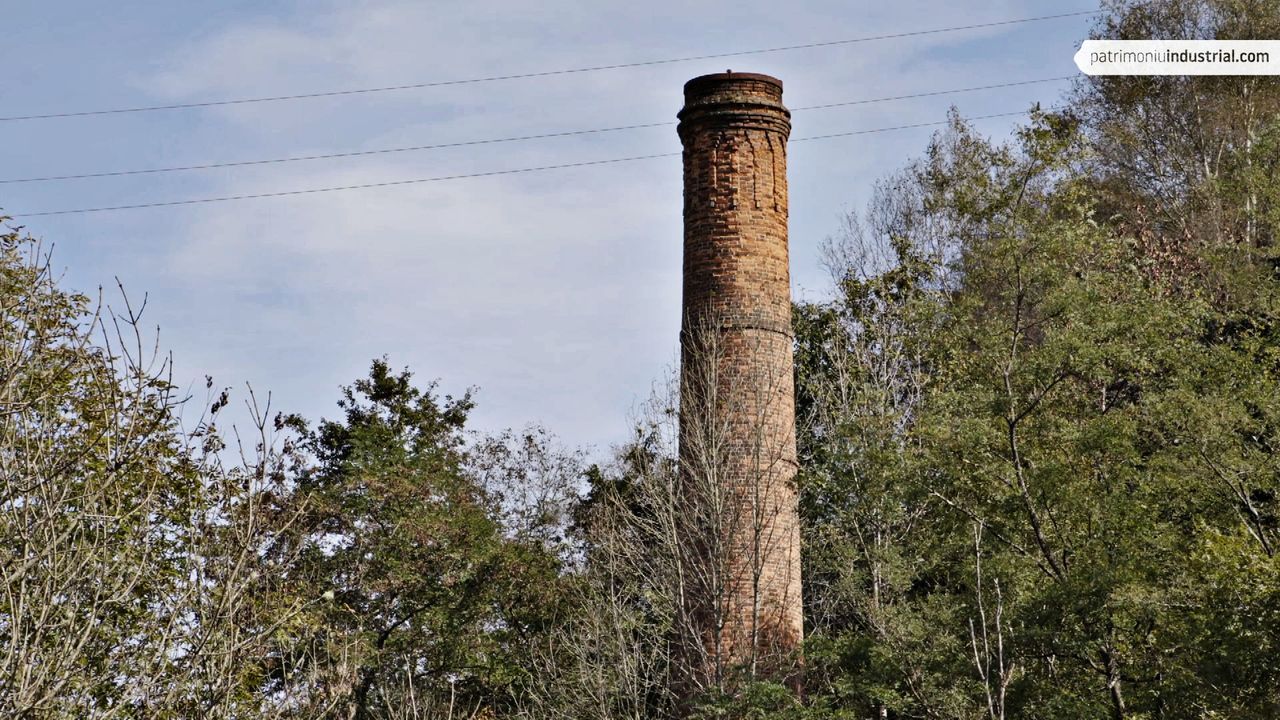
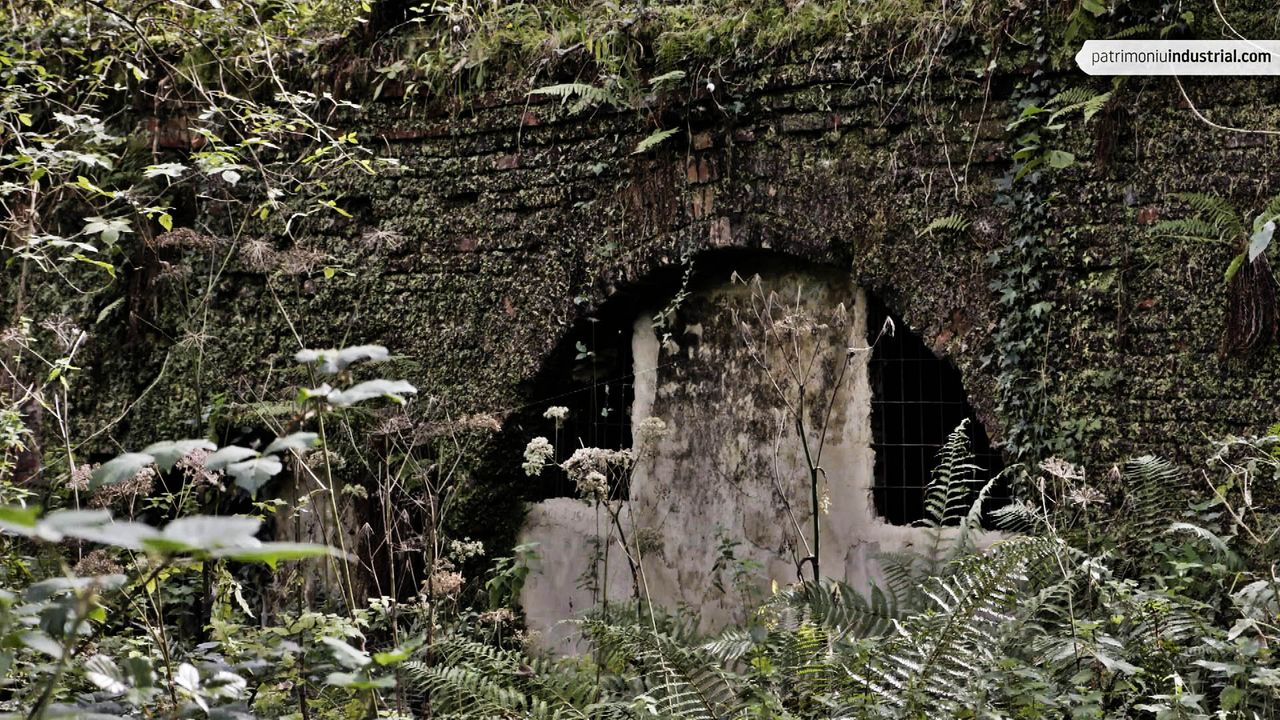
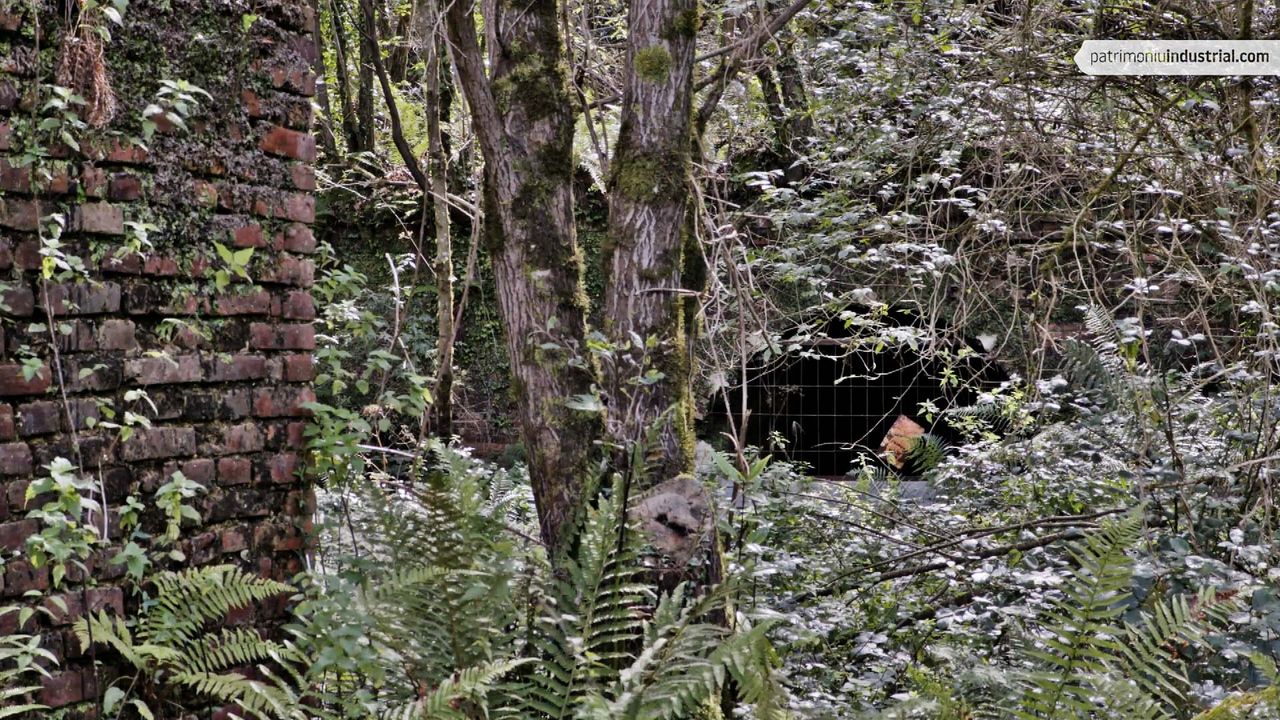
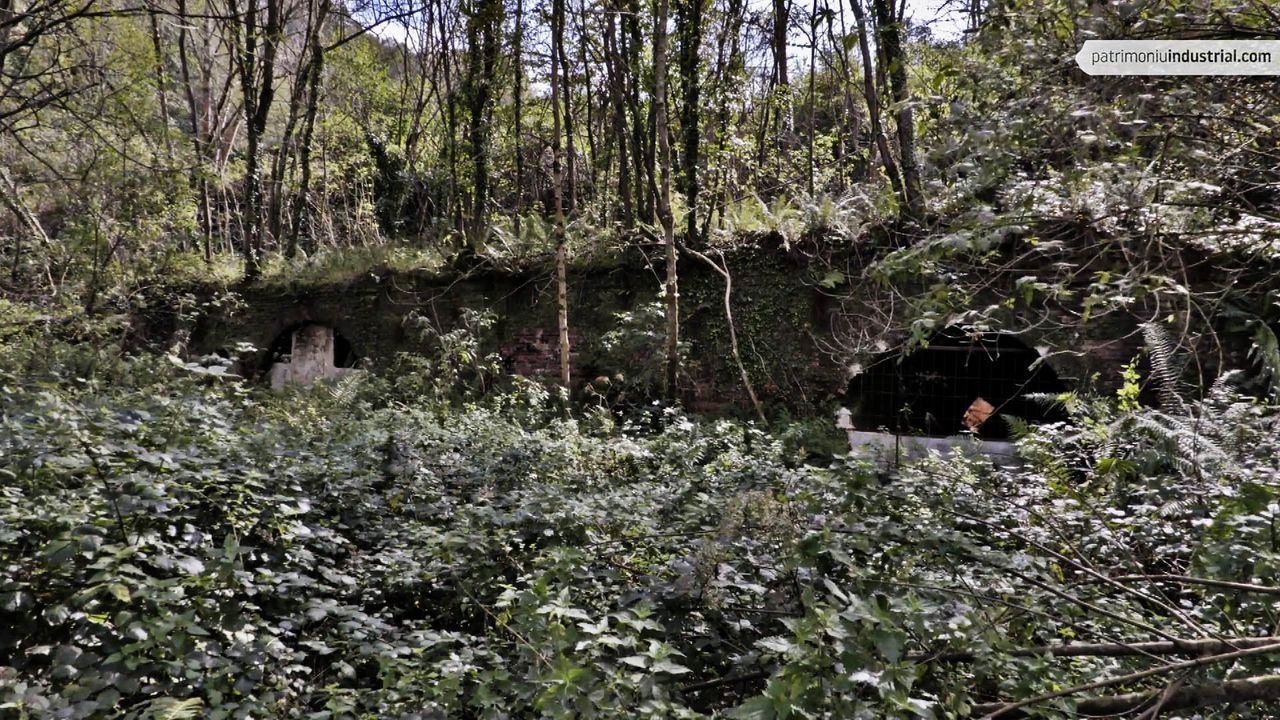
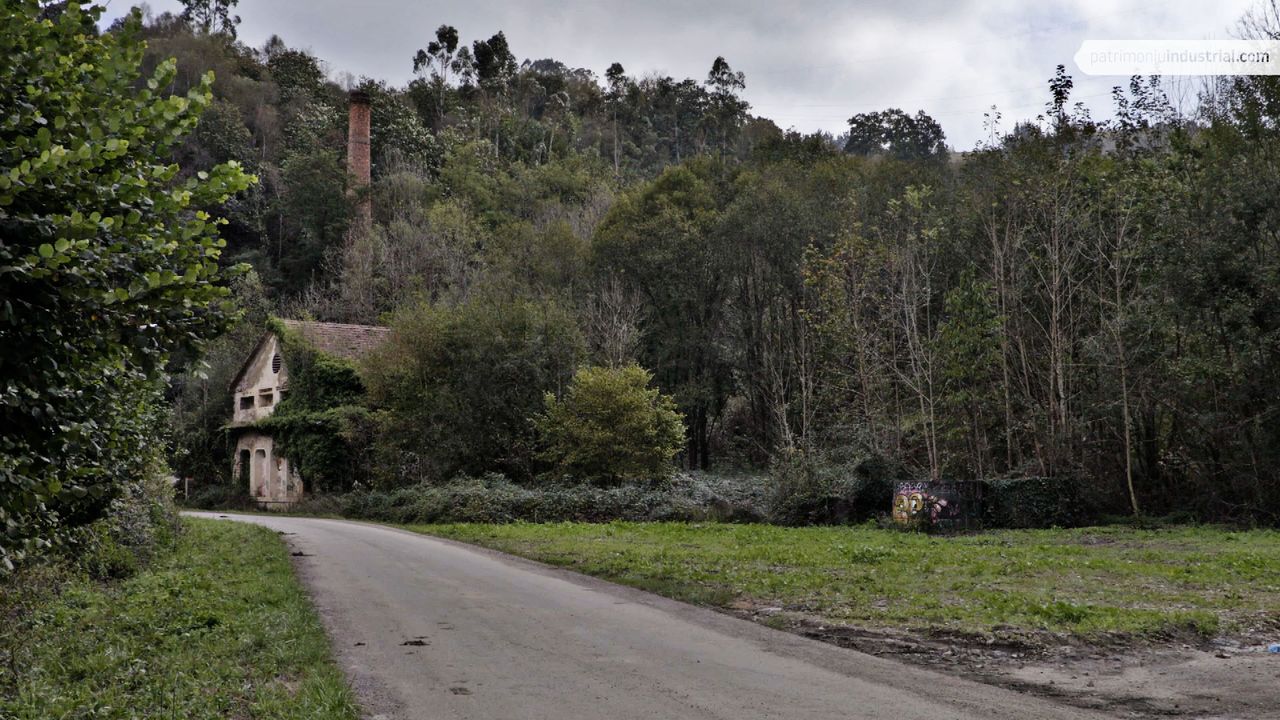
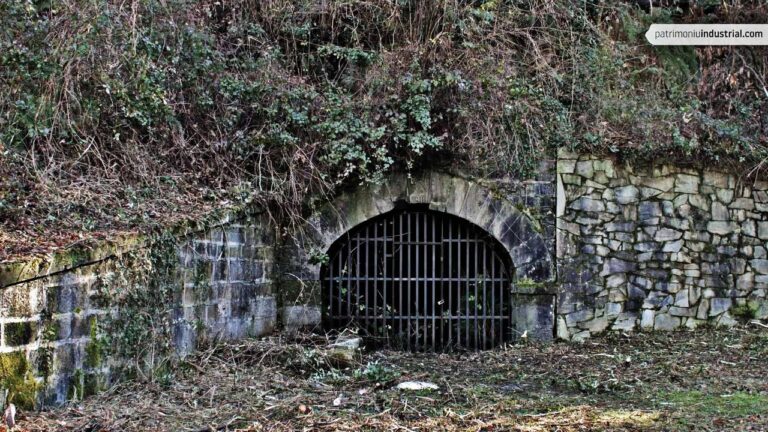
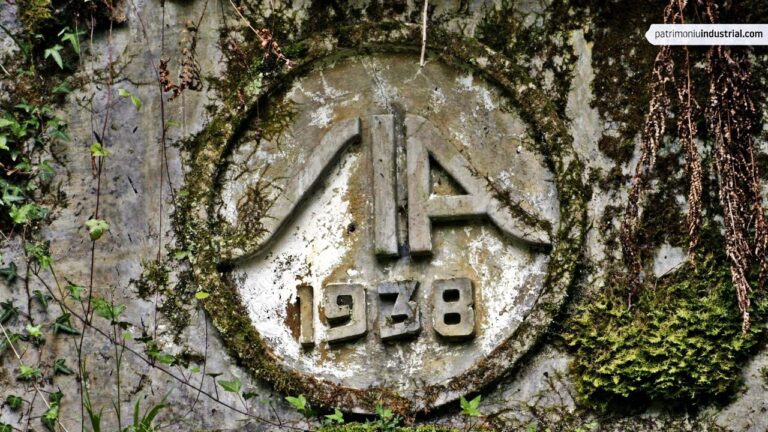
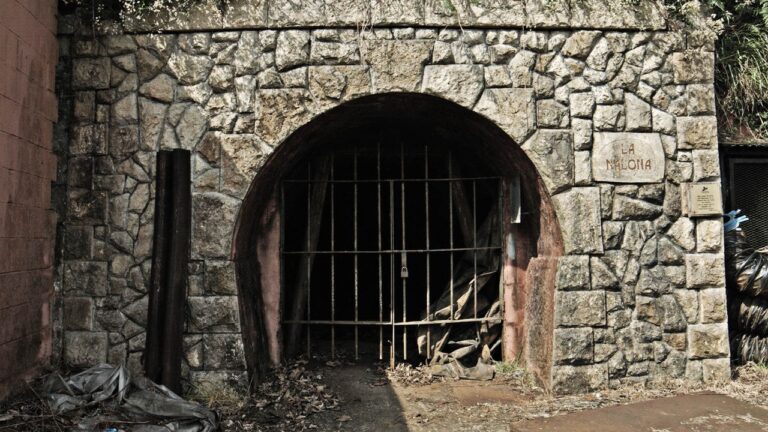

Recent Comments